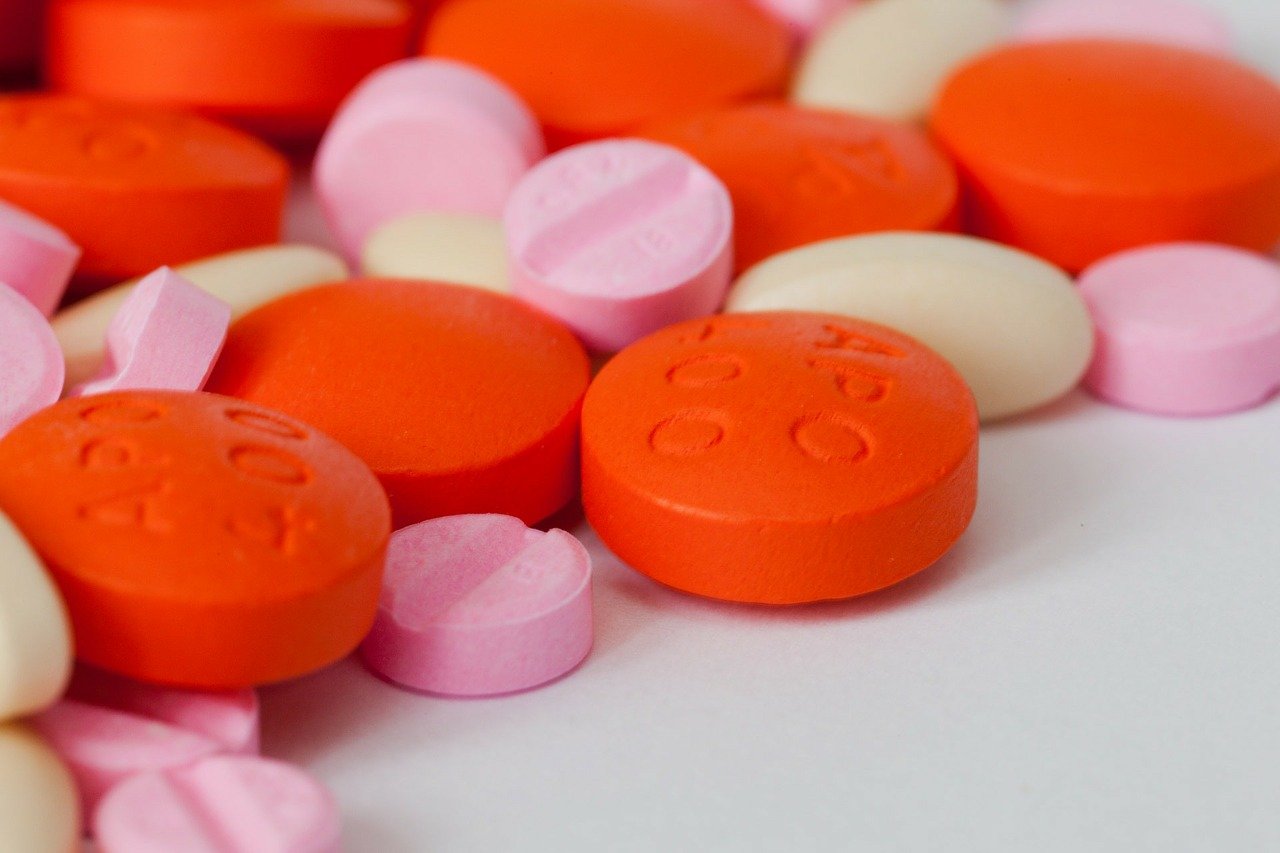
The route of administration of a medication or treatment describes the way that it is delivered into the body. It can be an oral pill you swallow, an intravenous injection into a vein, or even a surgical procedure.For people with amyotrophic lateral sclerosis (ALS) who are evaluating potential treatments, the route of administration can be an important factor to consider.
ALS symptoms can make taking some medications difficult as the disease progresses, particularly oral medications that need to be swallowed. Some people living with ALS may prefer to avoid more invasive methods of delivery such as intrathecal injections in which medications are delivered directly into the spinal fluid. Therefore, it can be helpful for people considering either approved treatments or enrolling in clinical trials to be familiar with the different routes of administration. While there are many different routes of administration for treatments in all conditions, the most common in approved and investigational ALS treatments include:
Oral: Oral treatments refer to anything meant to be taken through the mouth. This commonly includes pills, capsules, and liquids meant to be swallowed. However, oral treatments can also include medications that are placed in the mouth and allowed to dissolve, or “sublingual” medications that are held under the tongue. Some of these treatments can also be taken through a feeding tube. However, it is important to discuss which specific medications can be taken via feeding tube with a physician.
Three of the four currently approved treatments for ALS in the United States are available orally – riluzole, edaravone, and Relyvrio. Relyvrio is a powder that is mixed with water to form a “suspension” just prior to ingesting. Riluzole is available as a tablet, a preprepared liquid suspension, and an oral film that is placed on the tongue and allowed to dissolve. Edaravone was originally available only as an intravenous infusion, but recently also became available as a preprepared liquid suspension. These three medications, in their liquid form, can also be administered through a feeding tube as directed by their manufacturers.
Injection: Injectable treatments are delivered to the body using a needle and syringe. There are several different subcategories of injections, distinguished by the part of the body they are injected into. These subcategories include:
- Intravenous (IV): Injected directly into the bloodstream through a vein. IV treatments for ALS include one formulation of edaravone, as well as investigational treatments like AP-101 and tegoprubart.
- Intramuscular (IM): Injected into muscle tissue. Methylcobalamin is an investigational treatment that recently completed a phase 3 trial for ALS where it was delivered through IM injections.
- Subcutaneous (SubQ): Injected into the fatty tissue directly under the skin. Common treatments delivered through subcutaneous injections are insulin and some blood thinners. There was also a recent phase 2 trial in Europe that tested a subcutaneously delivered drug called IL-2 for ALS.
- Intrathecal (IT): Intrathecal injections are administered directly into the cerebrospinal fluid. This requires a procedure called a lumbar puncture or spinal tap in which a needle is inserted between two vertebrae. Using this route of administration allows a drug to reach the brain by bypassing the blood brain barrier. ALS treatments delivered intrathecally include Qalsody, also known as tofersen, and the investigational treatment NurOwn.
Surgery: Surgical procedures refer to any treatment that involves an incision to modify, remove, or adjust organs and tissues. Some research studies, like the BrainGate trial, involve surgically implanting a medical device into the body, in this case, a brain-computer interface to assist in communication. There is also currently a phase I clinical trial at Cedars-Sinai Medical Center involving a surgical procedure in which genetically engineered cells are transplanted directly into the brain.
At the ALS Therapy Development Institute (ALS TDI), we know that it will take many treatments to end ALS. That’s why every day we’re working to identify effective treatments for the disease. As the Drug Discovery Engine for ALS, it is our mission to continue this work until there are effective treatments for the disease.
To learn more about our research to end ALS, visit: https://www.als.net/als-research/
What to do next: